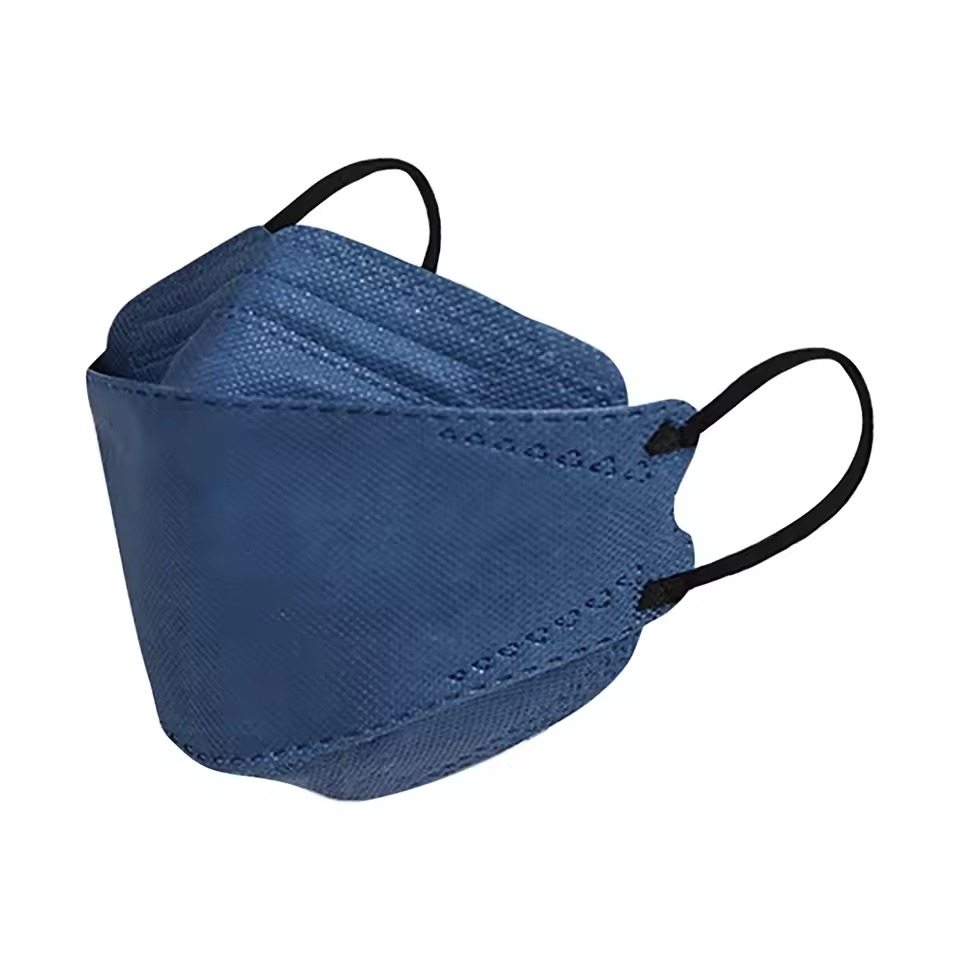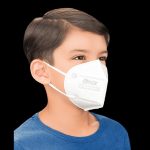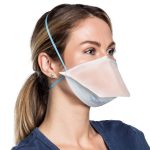Introduction to Respirator Masks
Respirator masks have become essential in our daily lives. Ever since the onset of health crises like the COVID-19 pandemic, the public awareness about respiratory protection has seen a significant rise. Among the various options available, P95 and N95 masks have emerged as two of the most popular choices. But what makes them stand out?
P95 and N95 masks both play a vital role in filtering airborne particles. They provide a barrier against dust, pollution, and pathogens in the air. However, there are key distinctions in their design, usage, and the level of protection they offer. The purpose of this comparison is to unpack the differences and help you make an informed decision about which mask is right for you.
As we delve into the finer points of the P95 mask vs N95 debate, we will consider aspects like filtration efficacy, oil resistance, comfort, fit, use cases, durability, and cost. By understanding these factors, you’ll be better equipped to choose a mask that not only provides safety but also comfort and convenience for everyday use. So let’s start by exploring the basic features of P95 and N95 masks, before moving on to a more detailed comparison.
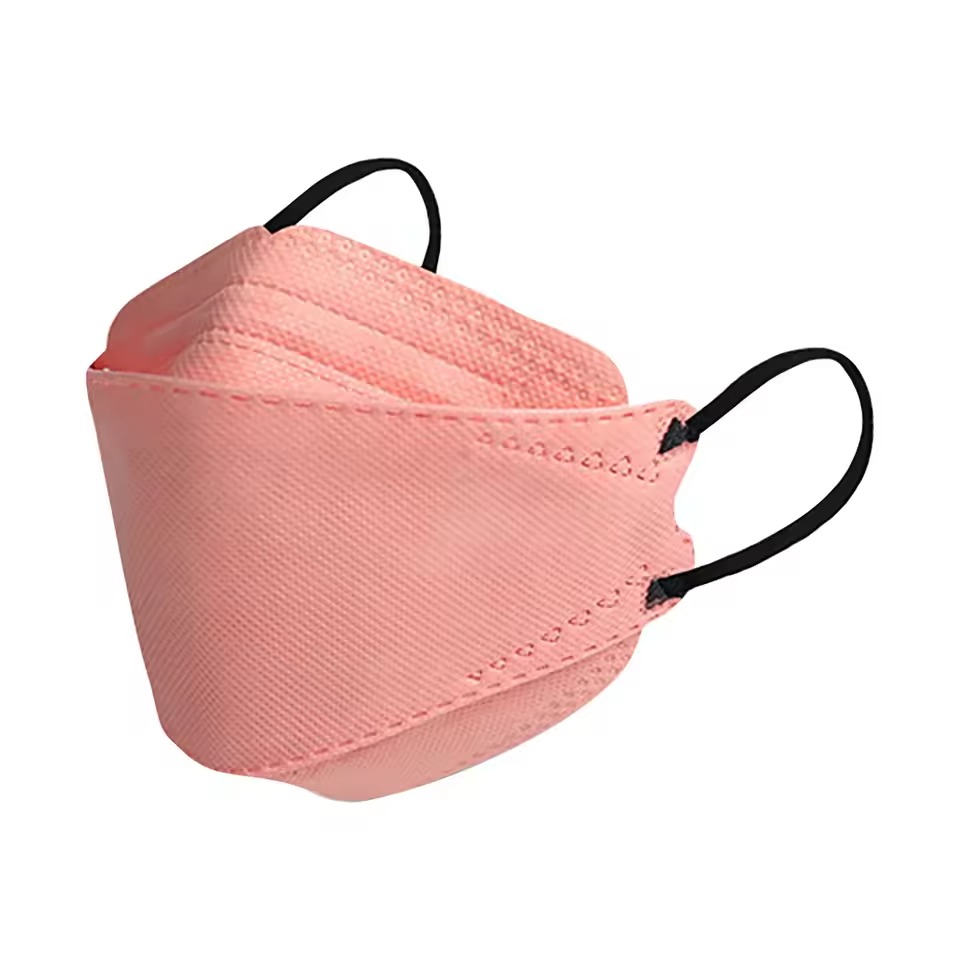
The Basics of P95 and N95 Masks
When we talk about P95 and N95 masks, it’s important to understand their basic features. Both masks are designed to offer protection against airborne particles, but they cater to different standards set by regulatory bodies.
The ‘N’ in N95 stands for ‘Not resistant to oil’. These masks filter out at least 95% of airborne particles, but they are not suitable for environments with oil aerosols. N95 masks are commonly used in healthcare settings and for general public use during times of poor air quality or health crises.
On the other hand, the ‘P’ in P95 denotes ‘Oil Proof’. P95 masks can filter out 95% of particles like the N95, but they also have the capability to resist oil-based pollutants. This makes them a preferred option in industrial environments where oil particles may be present.
Both types of masks come with or without valves. Masks with valves make it easier to breathe out, but they may not protect others from the wearer’s exhaled particles. Valve-less masks provide a two-way barrier, hence offering better source control in sensitive environments.
In summary, while both P95 and N95 masks share a primary function of filtering out harmful particles, the P95 mask’s oil resistance and the N95 mask’s widespread use depict their key differences. Selecting between them largely depends on the specific environmental conditions and requirements of the wearer.
Filtration Efficacy: How P95 and N95 Compare
When assessing P95 and N95 masks, filtration efficacy is crucial. This refers to how well the mask filters out harmful particles from the air you breathe. Both P95 and N95 masks must capture at least 95% of airborne particles that measure 0.3 microns in diameter. This level of filtration is suitable for blocking many particulates, including certain viruses and dust.
Despite their similar numerical rating, the filtration approach of each mask differs slightly. N95 masks are specifically designed to filter out non-oil-based particles. This makes them highly effective in medical and public health settings, where oil-based pollutants are less common. They help reduce the wearer’s exposure to airborne particles such as those that may carry viruses.
The P95 masks go a step further. In addition to filtering non-oil-based particles as the N95 does, the P95 is also capable of filtering out oil-based aerosols. This feature is particularly advantageous in industrial or mechanical environments where oil particles are prevalent.
To sum it up, both mask types offer high-level filtration against non-oil-based particles. The main difference in the filtration efficacy lies in the P95 masks’ ability to also filter out oil-based pollutants, making them more versatile for different environments.
Oil Resistance: A Distinct Feature of P95 Masks
When exploring the differences between P95 and N95 masks, oil resistance is a key factor. P95 masks stand apart because they can block out oil-based particles. This alone makes the P95 a critical player in industrial settings. Workers often encounter oil mists and aerosols, which typical respirators, like the N95, cannot filter effectively.
The oil resistance of P95 masks adds a layer of versatility for users. Whether they face dusty conditions or oil spills, these masks have the coverage needed. They use a special filtration media. This media traps oil particles without losing efficiency. It’s a feature that places P95 masks in high demand for specific jobs.
On the downside, the oil-proof quality might not be necessary for everyday users. In regular daily activities, you are less likely to need this level of protection. Thus, while P95 masks offer this distinct advantage, it’s essential to consider the actual setting you’ll be using the mask in.
Choosing P95 masks for oil-laden environments helps you stay safe. But for common use, an N95 might suffice. Remember, effective protection aligns with the environment you’re in. Always consider this before selecting your mask.
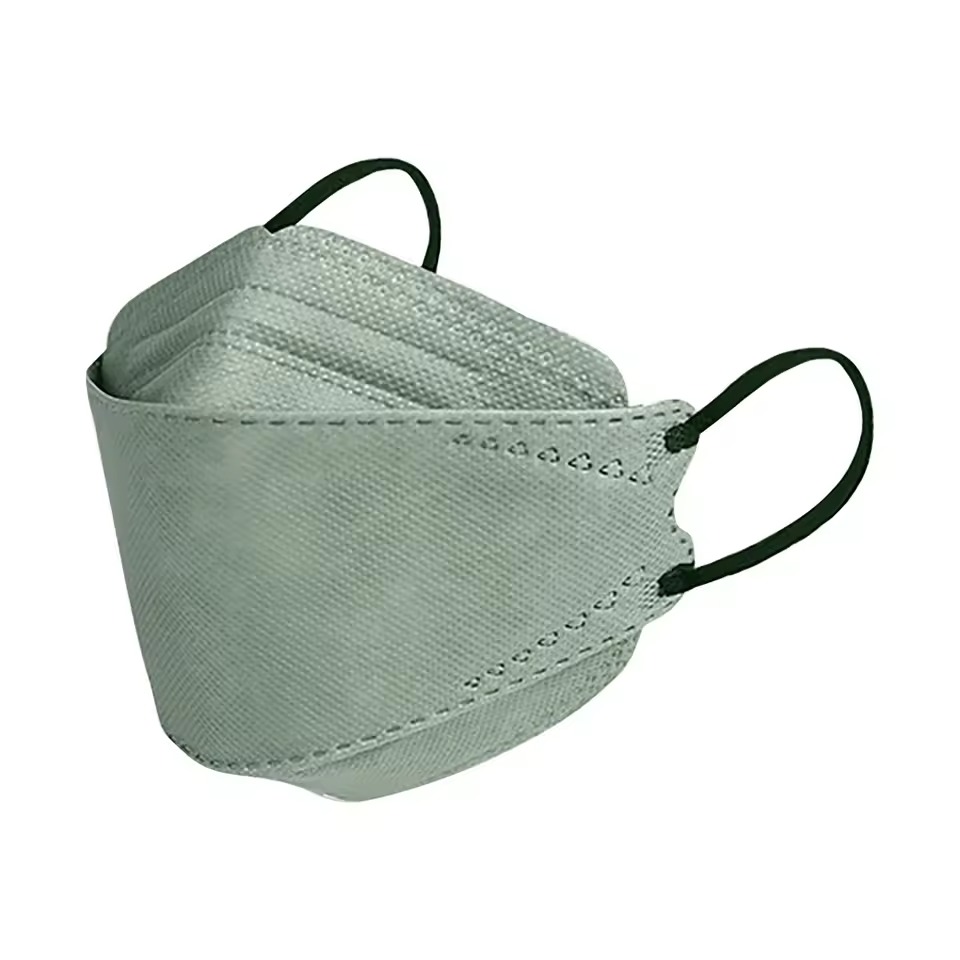
Comfort and Fit: Evaluating Wearability
When picking a mask, comfort and fit are vital. Both P95 and N95 masks offer different levels of wearability that can impact your choice.
N95 masks are known for their snug fit. They often have elastic straps that stretch to secure the mask in place. This ensures a tight seal, which is important for effective filtration. Adjustable nose clips help customize the fit and prevent fogging for those who wear glasses.
P95 masks provide similar fitting features. However, they may feel bulkier due to the additional materials for oil resistance. This can affect comfort, especially over long periods of use. Yet, for workers in industrial settings, this is a small trade-off for the added protection.
To test the fit, perform a seal check with each use. If the mask does not seal properly, its protective ability is compromised. Whether P95 or N95, the right fit is crucial for the mask to function.
Some users may find that they are more sensitive to the materials used in either the P95 or N95 masks. Always choose a mask that does not cause irritation or discomfort. Ultimately, for everyday use, most people prioritize a mask that offers both protection and comfort. Remember that for a mask to be effective, it must be worn consistently. Hence, don’t overlook the importance of comfort and fit when choosing your mask.
Usage Scenarios: When to Use P95 vs N95
Choosing the right mask depends on use cases. Let’s explore when to opt for P95 or N95 masks.
Use P95 masks in environments with oil-based pollutants. These are common in automotive work or painting. If you’re dealing with oil mists, solvents, or chemicals, a P95 mask provides necessary protection. It’s designed to handle these elements without losing filtration efficiency.
N95 masks are better suited for everyday use. They are ideal during health crises, for healthcare workers, and when air quality is poor. Use them when you aren’t exposed to oil particles. They are lighter than P95 masks, which makes them more comfortable for long-term wear.
Construction workers may prefer P95 masks. These masks fend off dust and oil-based aerosols that are typical on sites. In contrast, office workers or those in non-industrial settings should choose N95 masks. They offer ample protection without the extra material.
Always assess the environment before picking a mask. Will you face oil-based pollutants? If not, an N95 mask will likely serve your needs. Remember that for any mask to work, it should fit well and be worn correctly. Check the seal and fit each time you wear one.
Durability and Longevity: Which One Lasts Longer
When considering a respirator mask, durability and longevity are crucial factors. These features determine how often you’ll need to replace your mask, which can affect overall cost and convenience.
P95 masks generally have a robust build, owing to their industrial use. They are designed to withstand harsher environments, which often means they can last longer before needing replacement. Due to the oil-resistant materials used in their construction, P95 masks may endure continuous exposure to oily substances without losing their filtering capabilities. This resilience makes them a dependable option for those in industries where such conditions are daily occurrences.
N95 masks, while also durable, are designed with healthcare and public use in mind. They are made to be used for shorter periods, mainly because they need to be disposed of after encounters with infectious elements. In a medical setting, for example, an N95 mask must be replaced after each patient interaction to maintain proper hygiene standards. Consequently, these masks may not last as long in a day-to-day scenario but are otherwise suitable for their intended purpose.
It’s important to note that all masks, regardless of type, have a limited lifespan. Direct exposure to sunlight, moisture, and the stretching of straps can all contribute to the degradation of a mask’s effectiveness. Manufacturers often provide recommendations on storage and conditions for use to maintain their performance.
In summary, P95 masks may offer a longer lifespan in industrial settings due to their oil-resistant properties and tougher design. N95 masks, designed for medical and public health environments, may have a shorter use period due to the necessity of maintaining hygiene standards. Always follow the manufacturer’s guidelines to maximize the longevity of any mask.

Price Point and Availability
When choosing between a P95 and N95 mask, the price point and availability are essential factors. The cost of P95 masks is generally higher than N95 masks due to their oil-resistant feature and the more intricate materials used. They cater to a niche market, mostly in industrial or professional settings, which can drive up the price.
N95 masks, on the other hand, have become widely available, especially after the recent health crises. They are mass-produced for healthcare providers and the general public. This increased production has made N95 masks more accessible and affordable for everyday use.
In terms of availability, N95 masks can be found in most pharmacies, hardware stores, and online platforms. They are stocked regularly, making it easy for consumers to obtain them. P95 masks may not be as readily available in common retail spaces. They are often distributed through industrial supply companies or specialized retailers, which may require a bit more effort to purchase.
Always compare prices from different sellers before making a purchase. Look for bulk options if you need masks regularly; this can often reduce the individual cost. Moreover, keep an eye on stock levels. During high demand periods, such as public health emergencies, masks can become scarce, and prices may rise.
Both masks have become more accessible due to increased production. You should have little trouble finding an N95 mask. For P95 masks, plan ahead and source them from reliable suppliers to ensure you have the protection when needed.
Conclusion: Choosing the Right Mask for Your Needs
When it comes to respirator masks, both P95 and N95 have their own strengths. Picking the right one depends on your specific situation. For those working in environments with oil-based pollutants, a P95 mask is the preferred choice. Its oil resistance is crucial for adequate protection. Think about sectors like industrial, mechanical, or painting jobs where oil particles are a concern.
For everyday use, N95 masks are more suitable. They’re ideal for public health scenarios, healthcare professionals, and situations with poor air quality. If you’re not exposed to oil-based particles, an N95 will generally meet your needs. It’s lightweight and comfortable for prolonged wear.
Remember, a snug fit is key. A mask can only do its job if it’s worn correctly. Whether you choose P95 or N95, make sure it fits well and seals properly. Look for adjustable straps and nose clips to help achieve a good fit.
Keep in mind durability and longevity. If you’re in an industry with harsh conditions, a P95 might last longer and be more cost-effective in the long run. For healthcare settings, where frequent changes are needed, N95 masks are designed to be disposable.
Lastly, consider the price and availability of these masks. P95 masks typically cost more and may not be as easy to find as N95 masks. Plan ahead and source P95 masks from reliable suppliers. N95 masks are widely available, making them a convenient choice.
By understanding these factors, you’ll be better able to choose the right mask. Your health and safety are what matter most.
